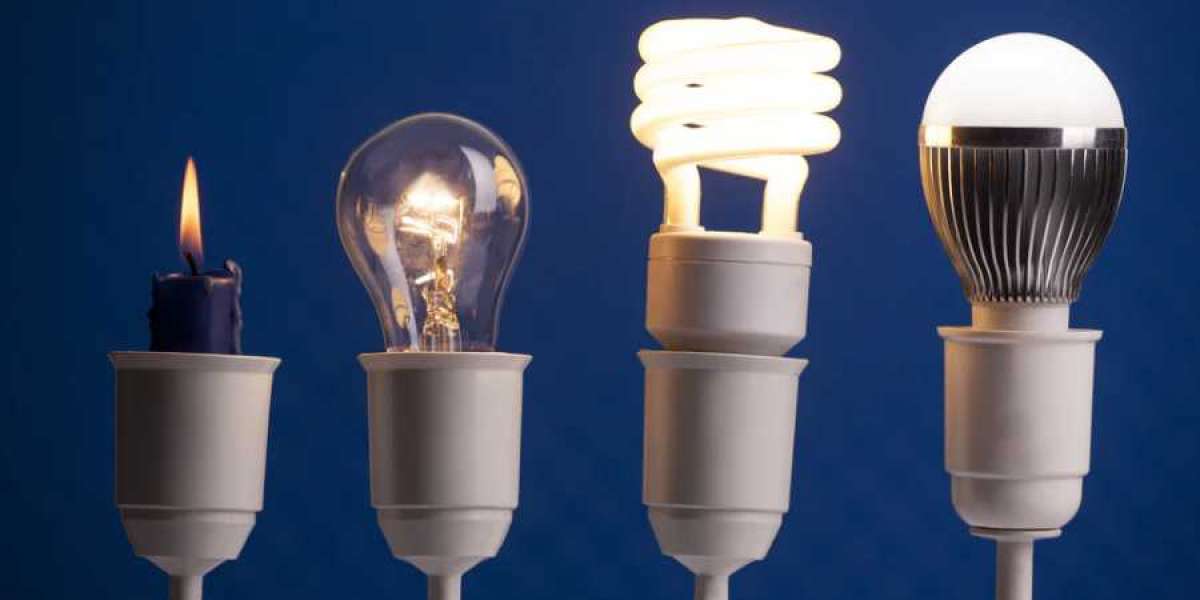In today's world of lighting technology, choosing the right type of bulb involves considerations beyond just brightness. Efficiency, durability, and environmental impact are key factors influencing decisions. This article dives deep into LED and incandescent efficiency, shedding light on their differences and advantages.
Understanding LED vs. Incandescent Efficiency
LED Lighting Solutions
LED (Light Emitting Diode) lighting has revolutionized the industry with its energy efficiency and longevity. LEDs operate by passing an electrical current through a semiconductor material, which illuminates tiny light sources called LEDs. This technology consumes significantly less energy compared to traditional incandescent bulbs.
LEDs are designed to convert a higher percentage of energy into light rather than heat, making them incredibly efficient. They emit little to no heat, unlike incandescent bulbs, which convert a large portion of energy into heat rather than light. This efficiency results in substantial energy savings and lower electricity bills for consumers and businesses alike.
Incandescent vs. LED: Energy Efficiency Comparison
In contrast, incandescent bulbs work by heating a filament inside the bulb to produce light. This process is much less efficient than LED technology because a significant amount of energy is lost as heat. Incandescent bulbs typically have an energy efficiency of around 10-17 lumens per watt, whereas LEDs can achieve efficiencies of 80-100 lumens per watt or more.
The energy efficiency of LED light solutions translates into direct savings over the lifespan of the bulb. While incandescent bulbs may be cheaper upfront, the long-term cost of operating and replacing them outweighs the initial savings.
Advantages of LED Lighting
Longevity and Durability
LEDs are known for their durability and long lifespan, which can range from 15,000 to 50,000 hours or more. This longevity far exceeds that of incandescent bulbs, which typically last around 1,000 hours. The robust nature of LEDs makes them ideal for applications where frequent bulb changes are impractical or costly.
Environmental Impact
Reduced energy consumption by LEDs contributes to lower greenhouse gas emissions and environmental impact. LED bulbs also contain no mercury or other hazardous substances, making them safer to dispose of and more environmentally friendly compared to fluorescent or CFL bulbs.
Practical Considerations
Cost Considerations
While LEDs may have a higher initial purchase price compared to incandescent bulbs, their longer lifespan and energy efficiency make them a cost-effective choice in the long run. Many governments and utilities also offer incentives or rebates for switching to energy-efficient LEDs, further offsetting the initial investment.
Quality of Light
LED technology allows for a range of color temperatures and brightness levels, offering more flexibility and control over lighting environments compared to incandescent bulbs. LEDs can produce warm, natural light similar to traditional bulbs or cooler, daylight-like illumination depending on the application.
Conclusion
In conclusion, the efficiency comparison between LED and incandescent bulbs clearly favors LED technology due to its superior energy efficiency, longevity, and environmental benefits. While incandescent bulbs still have their niche uses, especially in specialized applications, the transition to LEDs represents a significant step forward in energy conservation and sustainability.
Choosing the right led lighting solution involves weighing factors such as initial cost, energy efficiency, longevity, and environmental impact. With ongoing advancements in LED technology and increasing affordability, the future of lighting is undoubtedly bright and energy-efficient.
By understanding the nuances of incandescent vs LED efficiency, consumers and businesses can make informed decisions that not only save money but also contribute to a greener and more sustainable planet.




